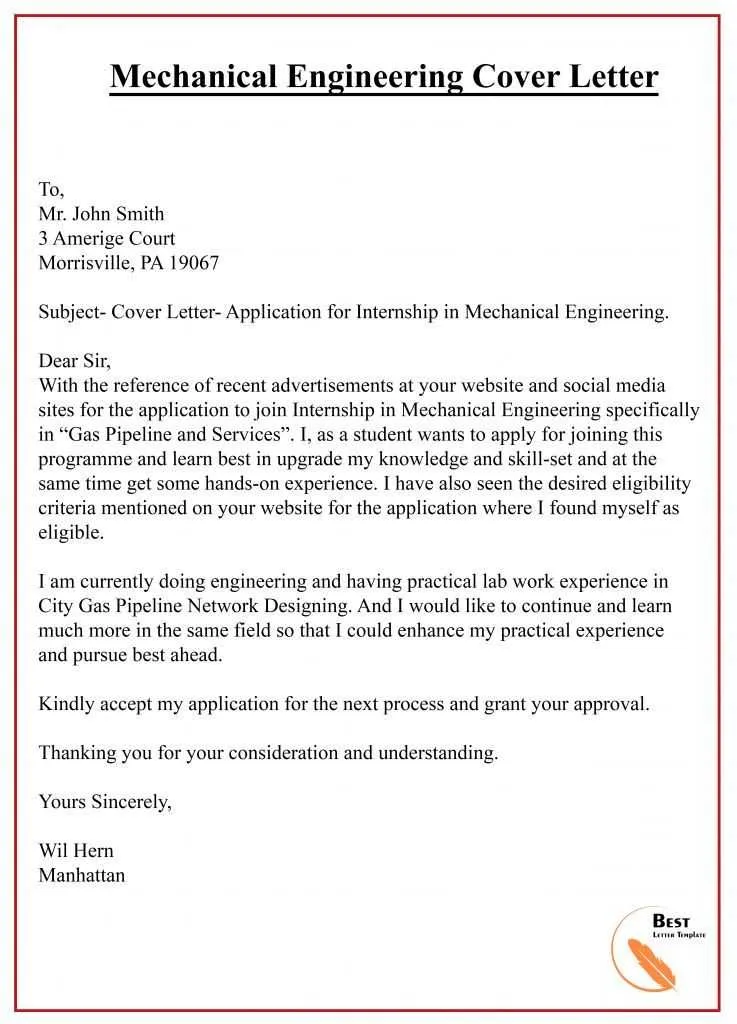Mechanical Engineering Cover Letter Secrets Revealed
In the demanding field of mechanical engineering, your cover letter is a vital tool that can make or break your job application. It’s your first chance to make a strong impression on potential employers and demonstrate why you’re the ideal candidate. This guide unveils the secrets to crafting a compelling mechanical engineering cover letter that will help you stand out from the competition. We’ll explore the essential components, common mistakes to avoid, and provide actionable tips to help you highlight your skills, experience, and passion for engineering. This guide is your key to writing a cover letter that secures interviews and advances your career in mechanical engineering. Use your cover letter to truly highlight your experience and dedication in your field.
The Importance of a Strong Cover Letter
A strong cover letter serves as more than just an introduction; it’s a crucial element of your job application. It offers you the opportunity to showcase your unique skills, experience, and enthusiasm for the role. The cover letter allows you to highlight your soft skills, such as communication and problem-solving abilities, often overlooked in your resume. A well-written cover letter lets you articulate your understanding of the company’s needs and how your skills align with those needs. It allows you to explain why you are a strong fit for this particular position and what you bring to the table. Differentiate yourself from other applicants by highlighting your strengths and customizing your application to the employer’s specific needs.
Why Cover Letters Matter for Engineers
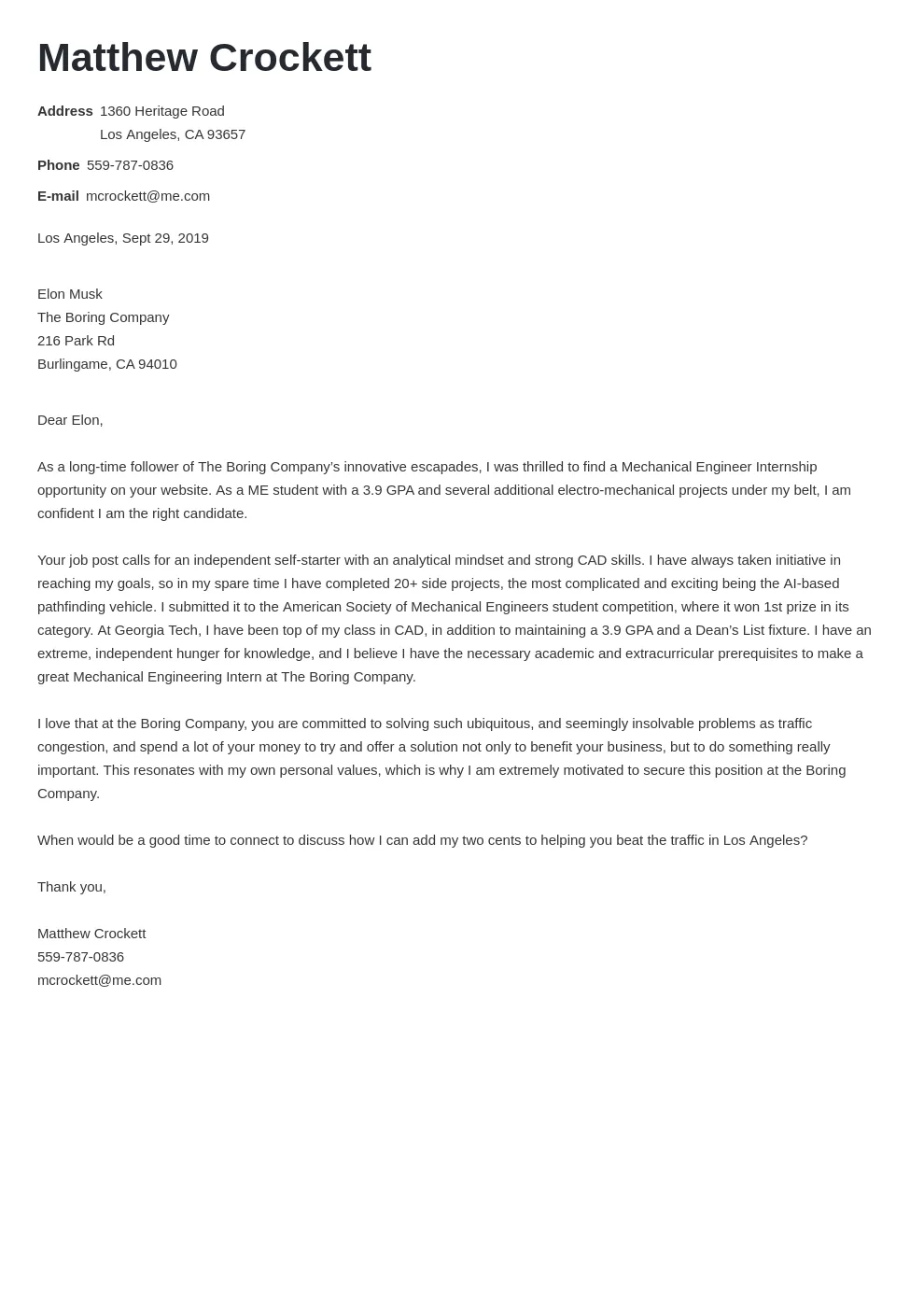
Cover letters are essential for engineers because they bridge the gap between your technical expertise and the broader context of the job. While your resume showcases your technical skills, the cover letter provides a platform to articulate your thought processes, your passion for engineering, and how you apply your technical skills in real-world scenarios. A strong cover letter provides an avenue to demonstrate your ability to clearly and concisely communicate complex ideas, a crucial skill in any engineering role. You can show how you specifically address the job’s requirements, proving that you’ve taken the time to understand their needs and are genuinely interested in the opportunity. It also offers you a chance to demonstrate your soft skills and provide context to your resume, adding more value to your application.
First Impressions and Applicant Tracking Systems (ATS)
Many companies use Applicant Tracking Systems (ATS) to screen applications in today’s job market. This means that your cover letter must be optimized for ATS to pass the initial screening stage. A strong first impression is crucial because your cover letter is often the first point of contact with a potential employer. Make sure your cover letter is free from typos, grammatical errors, and irrelevant information. Ensure your cover letter is well-organized, easy to read, and tailored to the specific job description. Use relevant keywords from the job description and use a commonly accepted format such as .doc or .pdf, avoiding excessive formatting that might confuse the system. Make sure your cover letter reflects the requirements of each job and demonstrates your ability to do the work. Highlight your key skills and experience, and ensure that it is tailored to the specific job and the company.
Key Components of a Winning Mechanical Engineering Cover Letter
A successful mechanical engineering cover letter consists of several key components. Start with your contact information, the date, and the recipient’s details. Use a professional salutation, such as “Dear Mr./Ms. [Last Name],” if you know the hiring manager’s name. Your letter should highlight your relevant skills and experience, quantify your achievements whenever possible, and tailor your letter to the specific job requirements. Include a strong closing paragraph that expresses your enthusiasm for the role and a call to action, such as requesting an interview. Make sure your tone is professional and proofread carefully for any errors before submitting it. Remember that your cover letter is a representation of your professional brand. It needs to be polished and align with the company’s values and culture.
Contact Information and Salutation
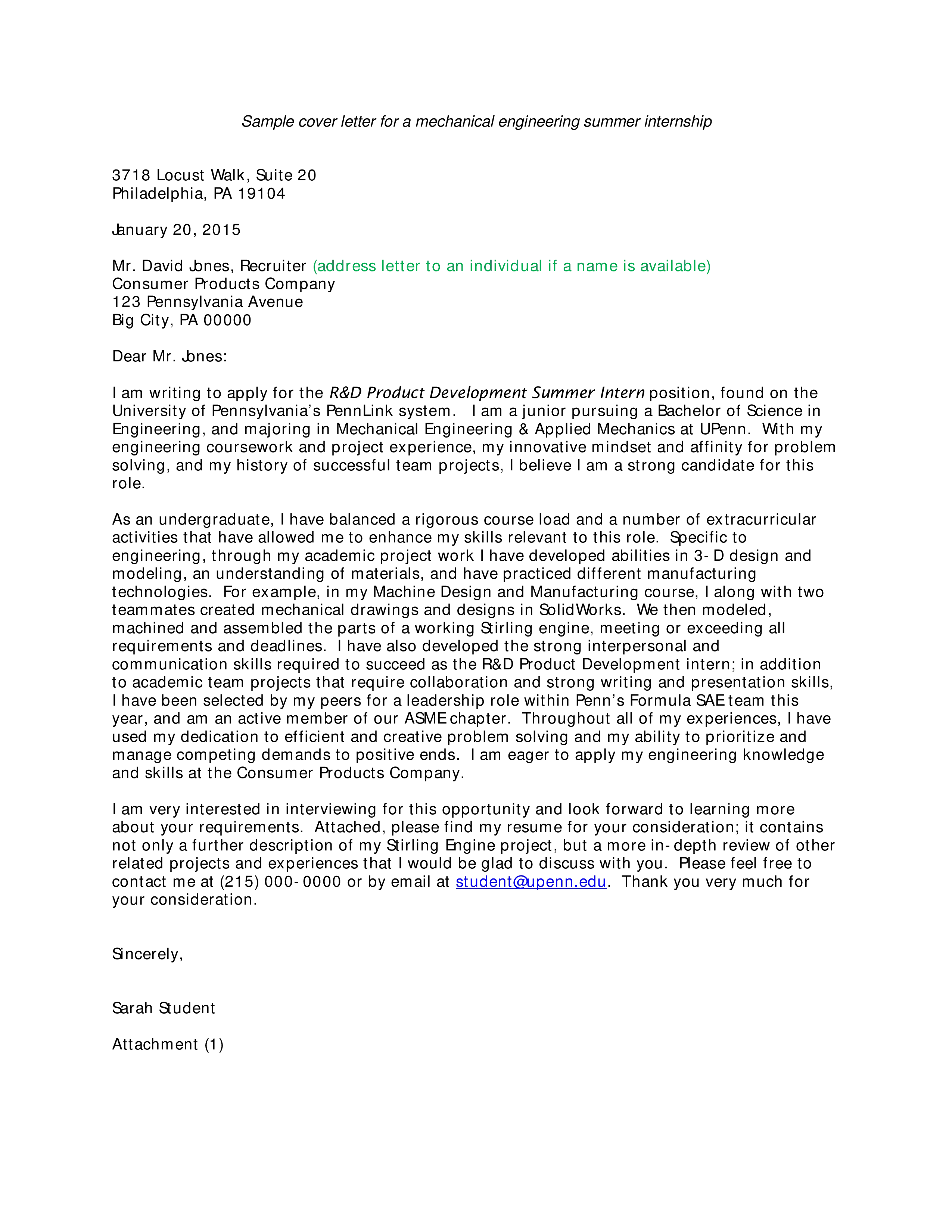
Begin with your contact information at the top, including your name, phone number, email address, and LinkedIn profile URL. Include the date, followed by the hiring manager’s name, title, and company address. Always address the letter to a specific person if possible, using “Dear Mr./Ms. [Last Name].” If you are unable to find the hiring manager’s name, use a professional salutation like “Dear Hiring Manager” or “Dear [Department] Team.” Avoid generic salutations such as “To Whom It May Concern.” Make sure the hiring manager’s name and title are correct, showing your attention to detail and professionalism. A personalized salutation demonstrates that you’ve taken the time to research the company and the position. Make sure you choose a clear, easy-to-read font for your contact information.
Highlighting Your Skills and Experience
The most important section of your cover letter is where you highlight your skills and experience relevant to the job description. Analyze the job posting and identify the key requirements. Then, provide specific examples from your background that demonstrate how you possess those skills. Use action verbs to describe your accomplishments, such as “designed,” “managed,” “developed,” and “implemented.” Quantify your achievements whenever possible to show the impact of your work. This should include projects you worked on, the technologies you used, and the results you achieved. Detail the challenges you faced, the methodologies you applied, and the results you achieved. Tailor each letter to the specific job, emphasizing the skills and experiences that align with the position’s requirements. This is where you demonstrate that you have not just read the job description but that you understand the role and are a good fit.
Quantifiable Achievements
Quantifiable achievements are the most effective way to demonstrate your value to a potential employer. Whenever possible, provide specific numbers, percentages, and data to support your claims. Instead of saying “Improved efficiency,” say “Improved production efficiency by 15% through process optimization.” Quantify your accomplishments by describing managed projects with budgets or results of projects. These concrete examples provide tangible evidence of your capabilities and make your claims more credible. It shows that you are results-oriented and can make a positive impact on the company. Always include specific details about the projects you worked on, the technologies you used, and the results you achieved to prove you’re the right fit.
Tailoring Your Letter to the Job Description
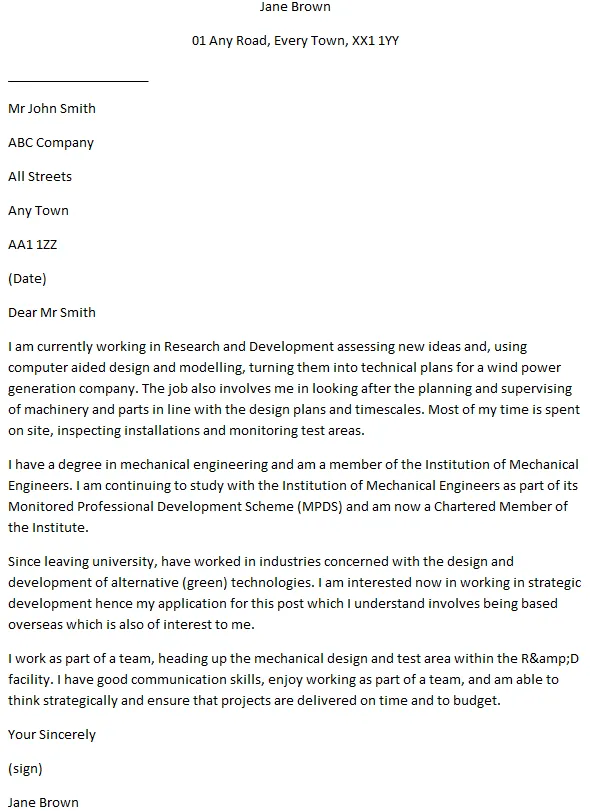
Tailoring your cover letter to the specific job description is a crucial part of the process. Generic cover letters are easily recognized and often disregarded. Tailoring your letter requires reading the job description and identifying the key skills, experiences, and qualifications the employer seeks. Then, address each of these requirements, providing specific examples from your background. Use the same keywords and phrases that are used in the job description. Make sure your examples are relevant and directly demonstrate your ability to perform the job duties. This personalization proves that you understand the job, have the necessary skills, and have done your research. Emphasize relevant skills and experiences and highlight how they align with the job requirements. Address each point in the job description and show why you’re the ideal candidate.
Expressing Your Enthusiasm and Fit
Your cover letter should show your enthusiasm for the position and the company. Show that you’ve researched the company, understand its mission, values, and products, and are excited about the opportunity to contribute. Explain why you are interested in this specific role and what aspects of the company or job appeal to you. Relate your personal career goals to the company’s mission. Express your genuine enthusiasm through your writing style, but maintain a professional tone. Avoid generic statements and show the reader that you’re the right fit. End your cover letter with a strong call to action, such as expressing your eagerness to discuss your qualifications further and requesting an interview. This is where you show that you’re the best candidate for the job. Show your excitement and convince the reader that you’re the right candidate.
Structuring Your Mechanical Engineering Cover Letter
A well-structured cover letter is easy to read and highlights your qualifications effectively. Begin with a compelling introduction, followed by several body paragraphs that elaborate on your skills and experience, and conclude with a strong call to action. Use clear headings and concise language. Maintain a professional tone throughout and proofread carefully for any errors. The structure of your cover letter directly impacts the reader’s ability to understand your qualifications.
Introduction

Your introduction should immediately grab the reader’s attention and state the purpose of your letter. Mention the specific position you are applying for and briefly summarize your most relevant qualifications. Indicate where you found the job posting. Start with a captivating opening sentence that demonstrates your interest in the role and the company. A strong introduction sets the tone for your letter and encourages the reader to continue. Be clear and concise, focusing on what makes you a strong candidate. The introduction is your opportunity to make a positive first impression and encourage the reader to learn more about your qualifications.
Body Paragraphs
The body paragraphs are where you elaborate on your skills, experience, and achievements. Each paragraph should focus on a specific aspect of your qualifications and provide concrete examples to support your claims. Use the STAR method (Situation, Task, Action, Result) to describe your experiences. This structured approach helps you to provide clear and concise details about your accomplishments. Tailor your body paragraphs to the specific requirements outlined in the job description. Quantify your achievements whenever possible and use action verbs. These paragraphs should create a clear picture of who you are, what you’ve done, and how you can contribute to the company.
Conclusion and Call to Action
Your conclusion should summarize your qualifications, reiterate your interest in the position, and include a call to action. Thank the hiring manager for their time and consideration. Express your enthusiasm for the opportunity to discuss your qualifications further and request an interview. Provide your contact information again. This is your final opportunity to convince the hiring manager that you are the right candidate for the role. Close your letter with a professional closing, such as “Sincerely” or “Best regards.”
Common Mistakes to Avoid
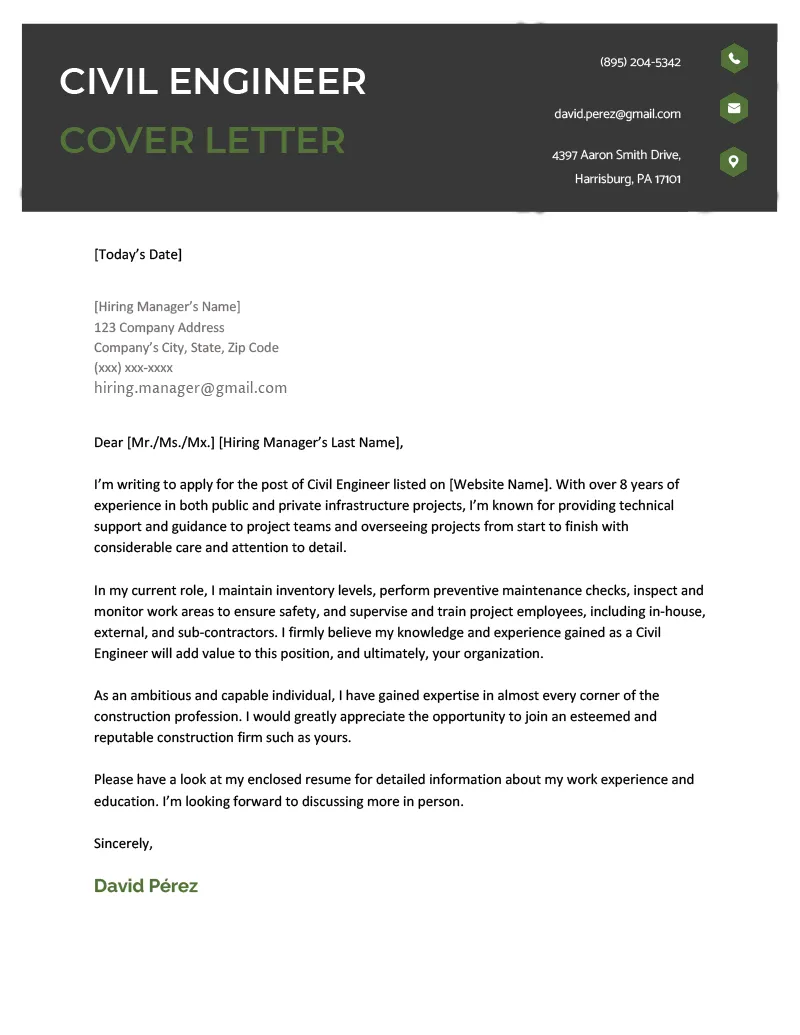
Certain mistakes can significantly decrease the effectiveness of your cover letter. Avoiding these common errors can increase your chances of making a positive impression and getting an interview. From generic content to grammatical errors, paying attention to these details is crucial for creating a polished and professional cover letter.
Generic Cover Letters
Sending a generic cover letter that is not tailored to the specific job or company is a common mistake. Generic cover letters lack the personalization needed to capture the reader’s attention and demonstrate your genuine interest in the role. They often use vague language and fail to highlight the specific skills and experiences that align with the job requirements. Customize your cover letter to demonstrate your understanding of the company’s needs and show that you are the ideal candidate. Highlight your understanding of the role and research the company, and tailor your letter to the job description.
Typos and Grammatical Errors
Typos and grammatical errors can undermine your credibility and make you appear unprofessional. These errors can distract the reader from your qualifications and create a negative first impression. Proofread your cover letter carefully before submitting it. Use a spell checker and grammar checker, but also read the letter aloud to catch any errors that may have been missed. A cover letter filled with errors will portray a lack of attention to detail. Always proofread your cover letter.
Lack of Specificity
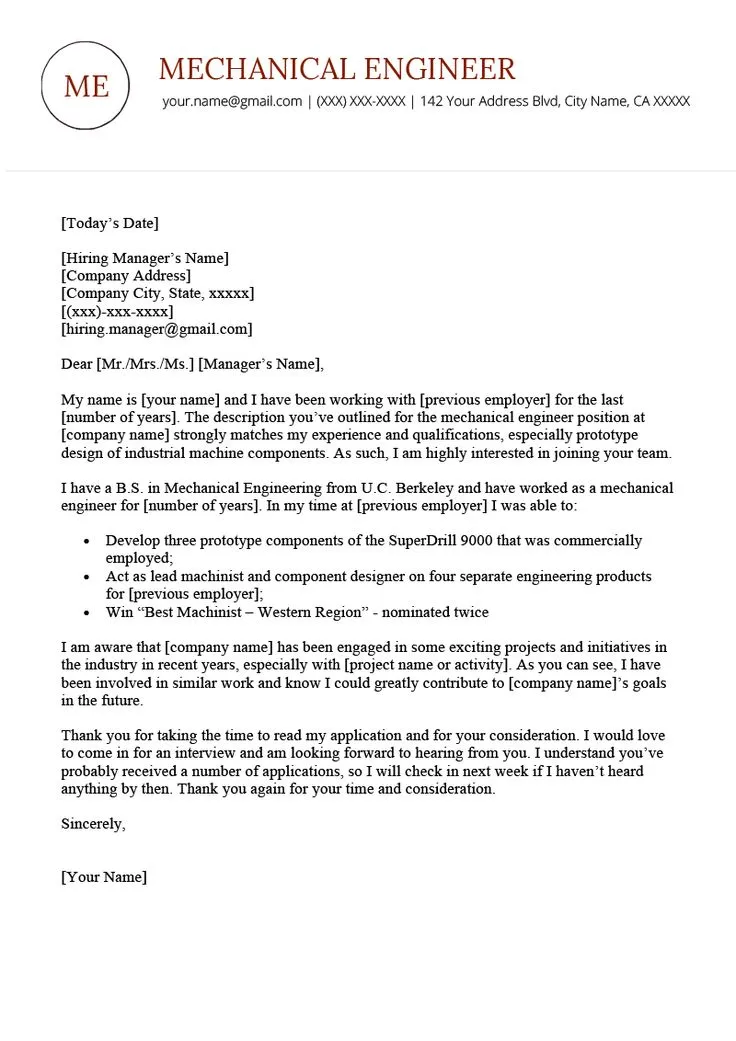
A cover letter that lacks specificity fails to provide concrete examples of your skills and achievements. Provide specific details and quantify your accomplishments whenever possible. Avoid vague language and instead, use action verbs to describe what you have done and what you have achieved. Detail your projects, the problems you solved, the methodologies you used, and the results you achieved. Demonstrating your accomplishments is more impactful than stating that you possess certain skills. This level of detail helps to make your qualifications more compelling and memorable.
Formatting and Presentation
The formatting and presentation of your cover letter are just as important as the content. A well-formatted cover letter is easy to read and makes a positive impression on the reader. Consider factors such as font choice, font size, length, and structure. A poorly formatted letter can be difficult to read, distracting, and can create a negative perception of your professionalism.
Font and Readability
Choose a clear and professional font such as Times New Roman, Arial, or Calibri. Use a font size between 10 and 12 points for easy readability. Ensure that your font is consistent throughout the entire document. Avoid using overly ornate or decorative fonts, as these can be difficult to read. Always use appropriate spacing between lines and paragraphs. Using a font that is clear and easy to read increases the likelihood that the reader will take the time to review your application thoroughly.
Length and Structure
Keep your cover letter concise and focused, ideally no longer than one page. The best structure includes a clear introduction, several body paragraphs, and a strong conclusion. Use headings and bullet points to break up the text and make it easier to scan. Organize your thoughts logically, and ensure that each paragraph focuses on a specific point. A well-structured cover letter is easy to follow and allows the reader to quickly grasp your key qualifications and interests. The goal is to provide a compelling overview of your skills and experience in a format that is accessible and easy to understand.
Mechanical Engineering Cover Letter Samples and Templates
Using mechanical engineering cover letter samples and templates can be a helpful starting point for crafting your own. These resources provide examples of successful cover letters and offer guidance on how to structure your letter. However, remember to customize these templates to reflect your own skills, experiences, and the specific requirements of the job. There are several online resources that offer a wide range of cover letter samples and templates, including those specifically designed for engineers. Customize your cover letter to highlight your unique qualifications and experiences and make sure they’re tailored to the role and company. These resources can guide you through the process and help you present yourself effectively.
Where to Find Examples
You can find mechanical engineering cover letter examples and templates on various websites dedicated to career advice, resume writing, and job search tips. Many professional resume writing services also provide samples and templates. LinkedIn and other professional networking platforms can offer examples from other engineers. Also, search job boards and company websites. Make sure you’re using reputable sources to get samples and templates that are appropriate for your needs. Look for samples and templates that align with your experience level and the types of jobs you are targeting.
Customization and Adaptation
While cover letter samples and templates are useful, the key is to customize and adapt them to reflect your individual qualifications and the specific job requirements. Don’t simply copy and paste; instead, use the samples as a guide and tailor the content to fit your unique experience. Customize the language and tone to match your personality and the company culture. Replace generic content with your own specific achievements and tailor the examples to the job description. Personalization is key to making your cover letter stand out from the crowd.
Final Thoughts and Resources
Writing a strong mechanical engineering cover letter is an essential part of a successful job application. By following the secrets revealed in this guide, you can create a compelling cover letter that showcases your skills, experience, and passion for engineering. Remember to tailor your letter to each job, highlight your accomplishments, and proofread carefully for any errors. Your cover letter is your first impression on the hiring manager, so make it count. Investing the time to create a great cover letter pays off.
